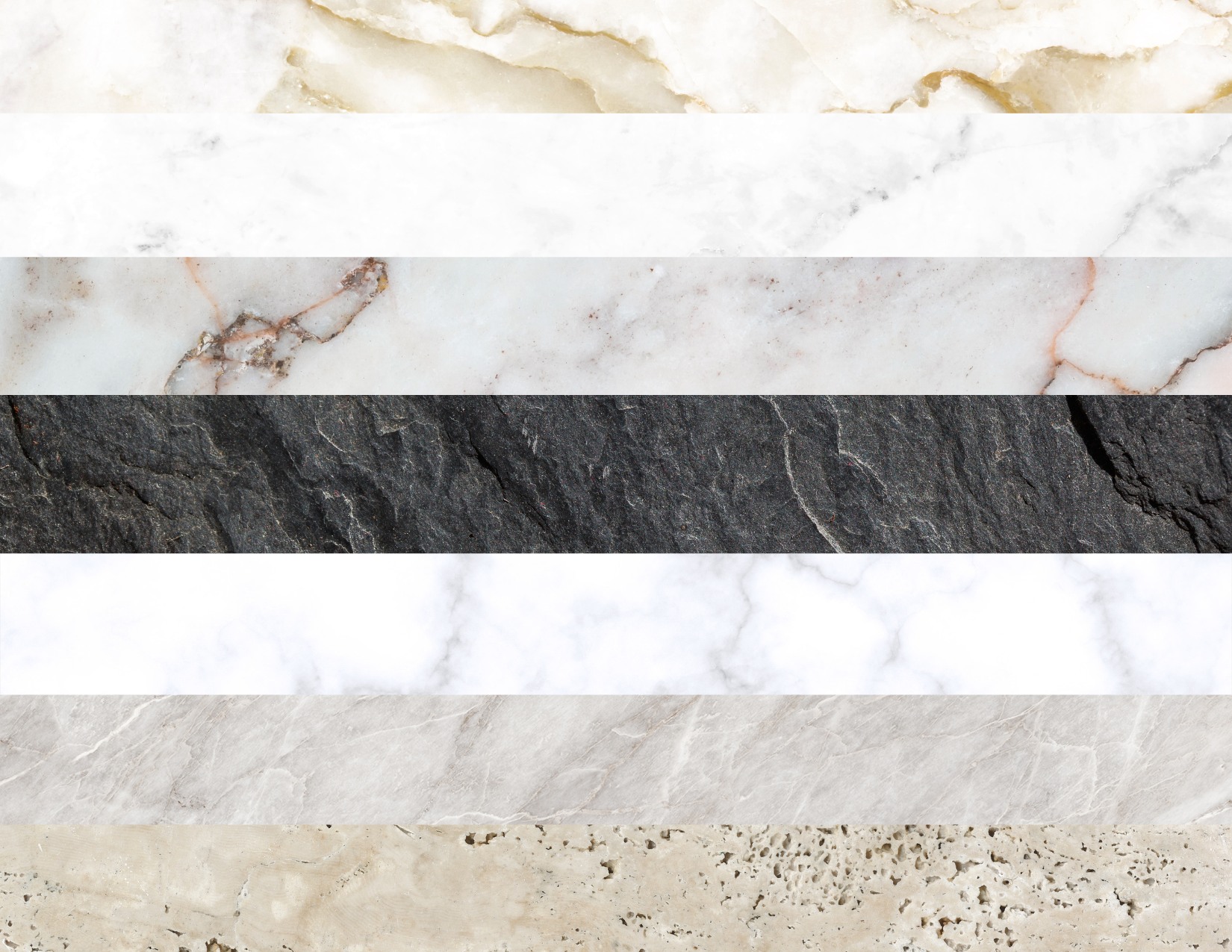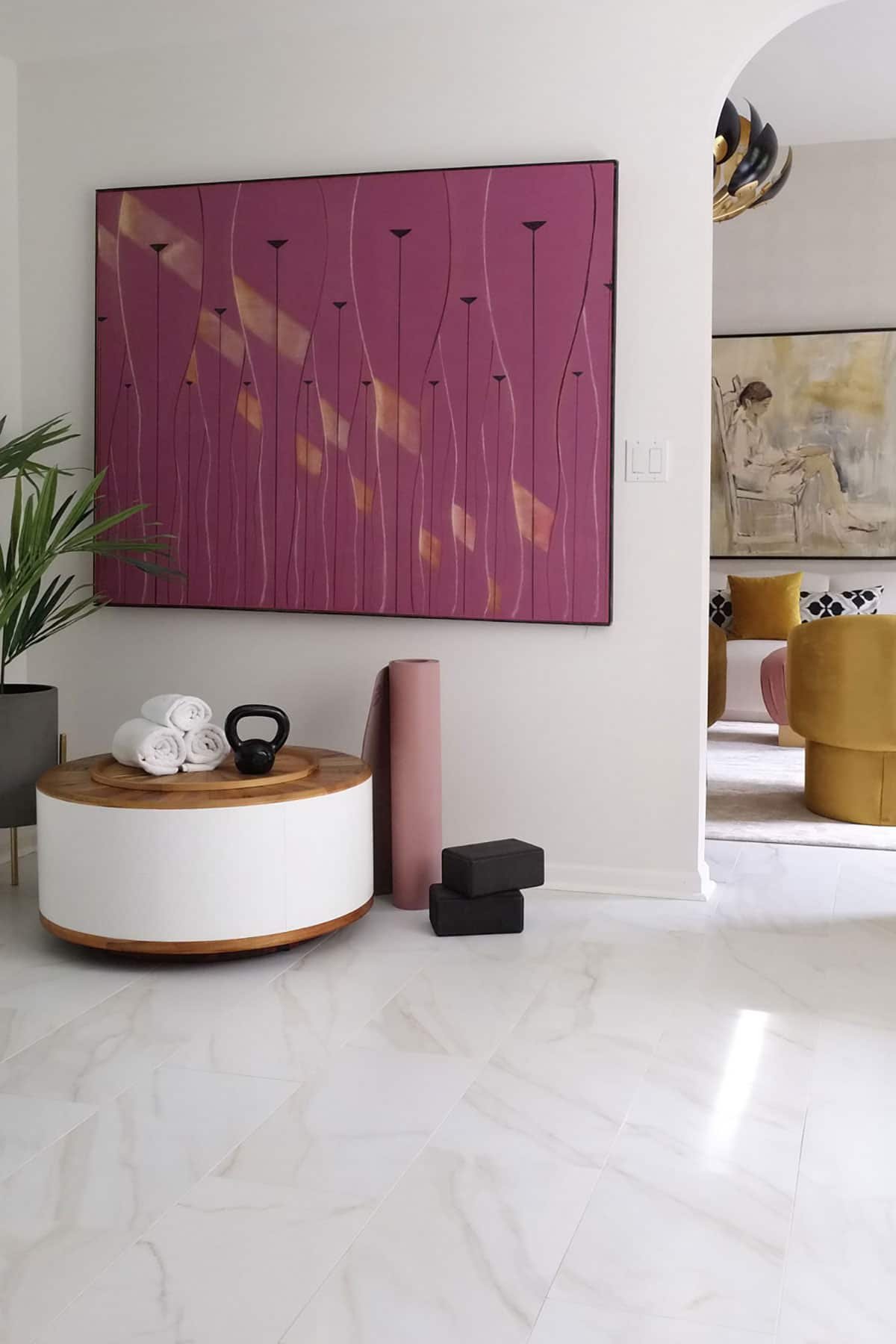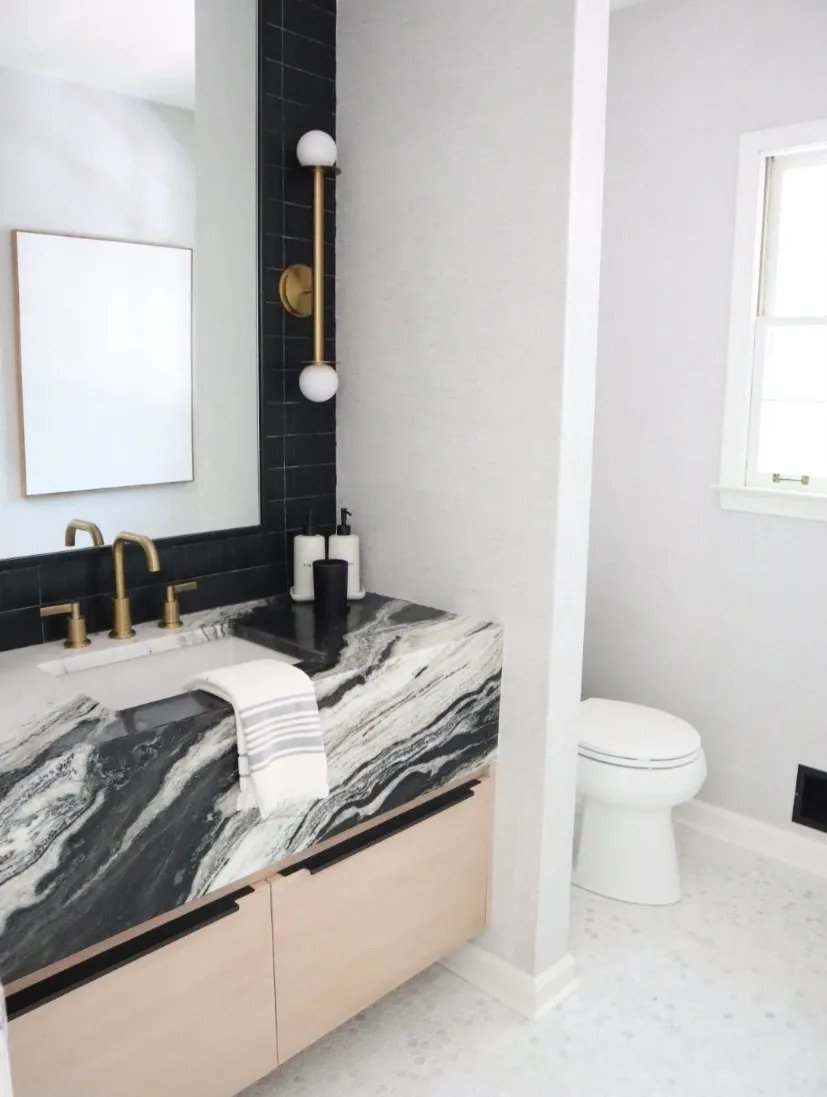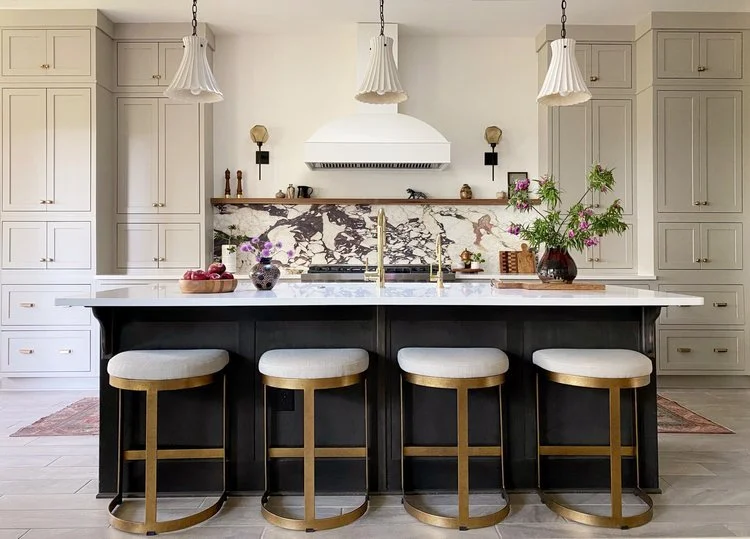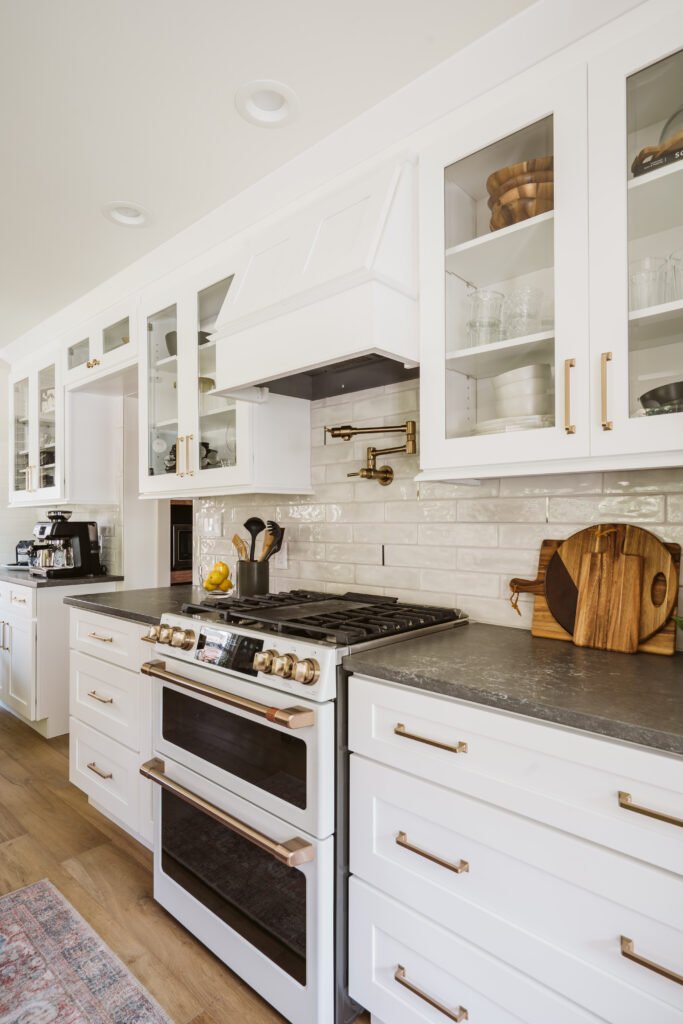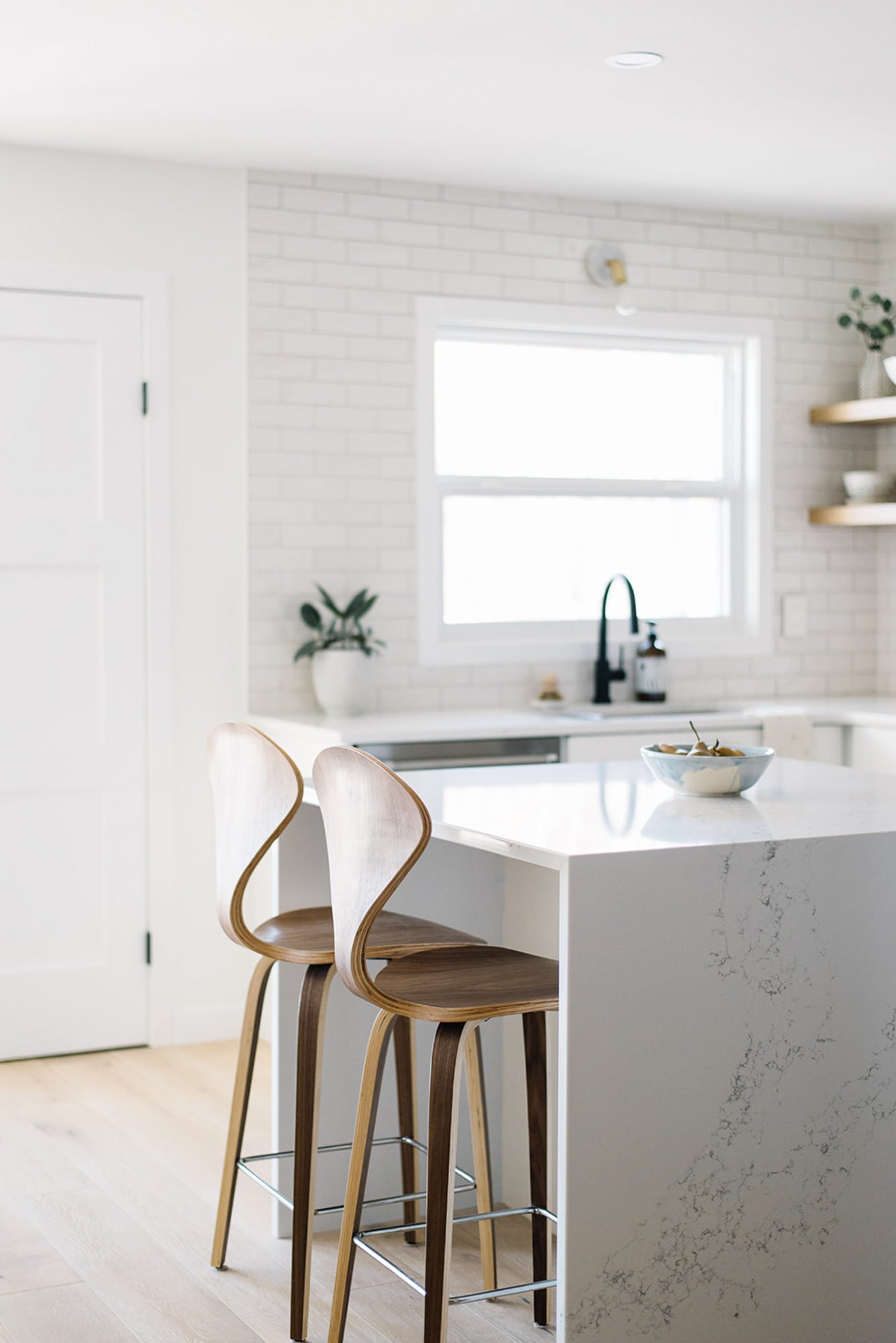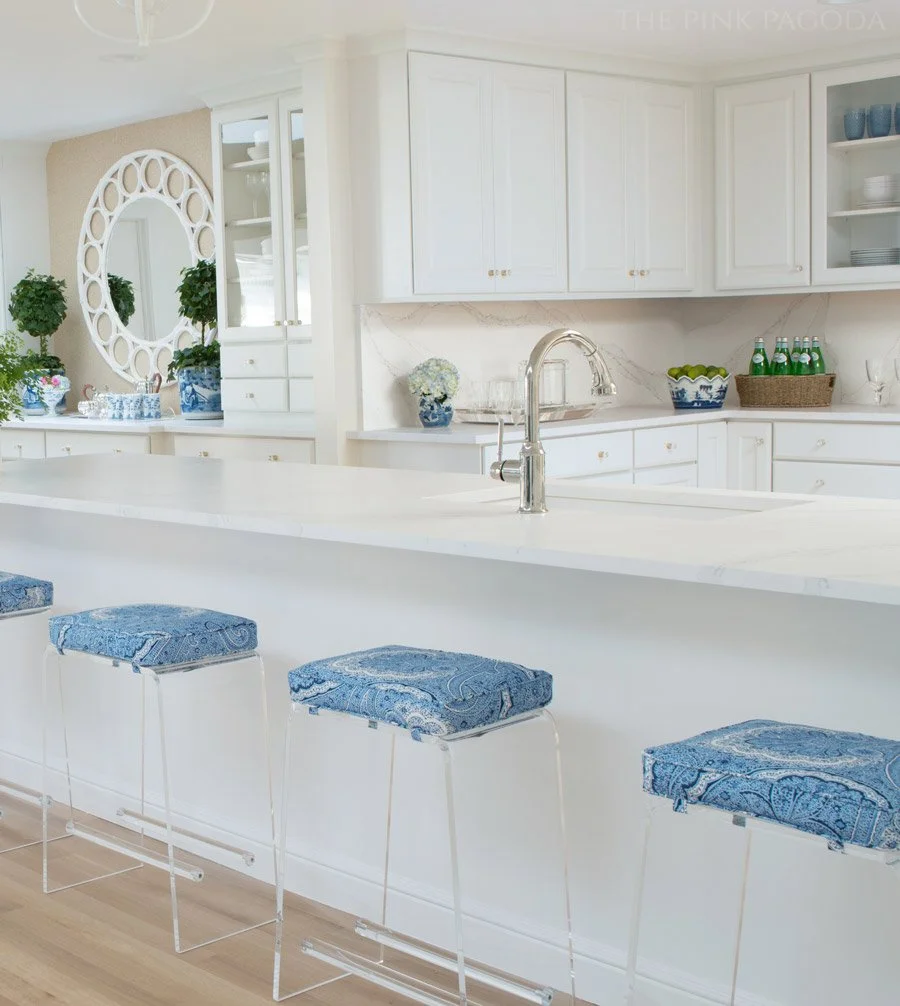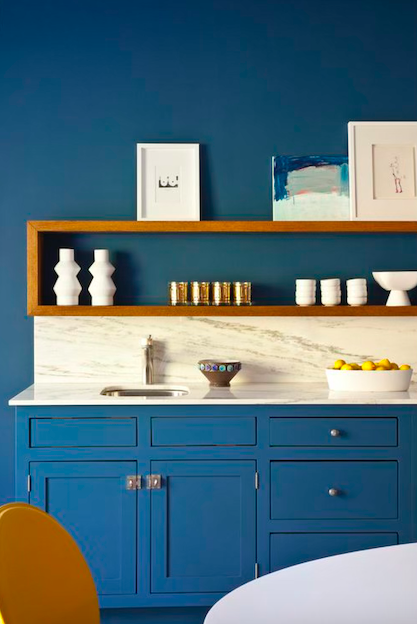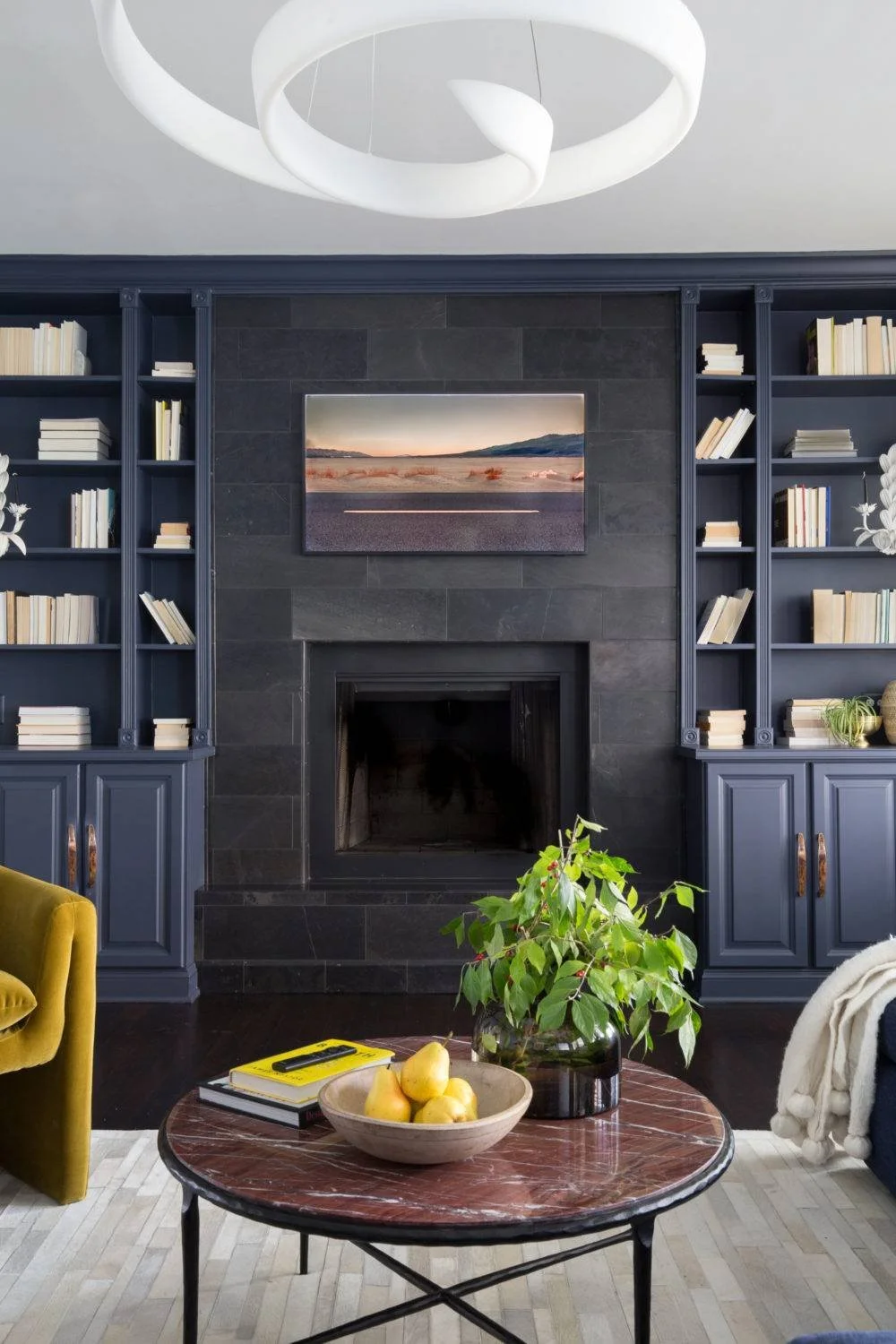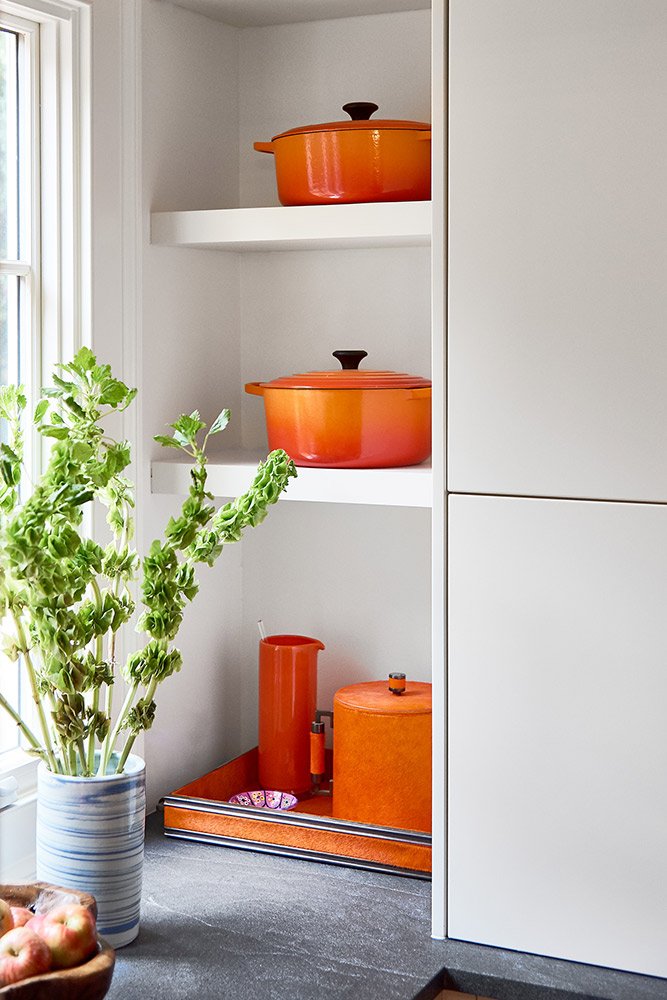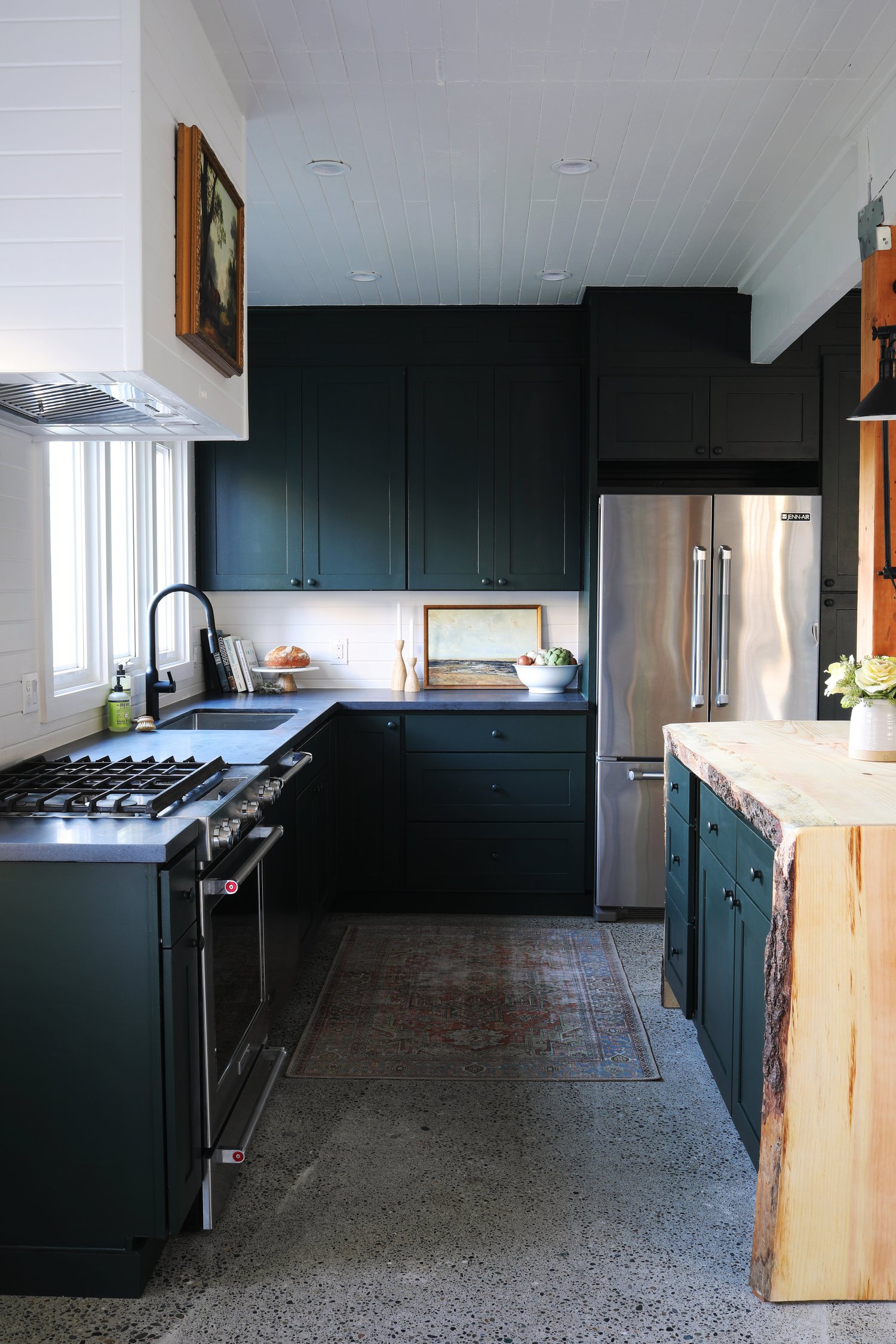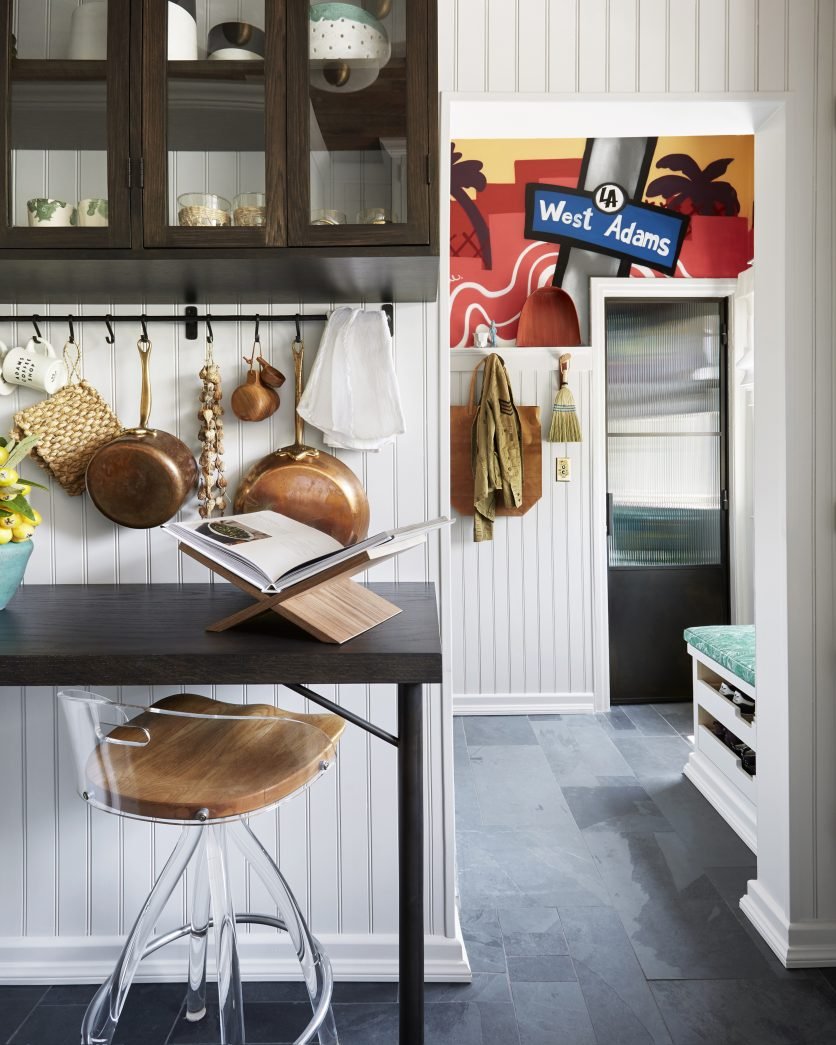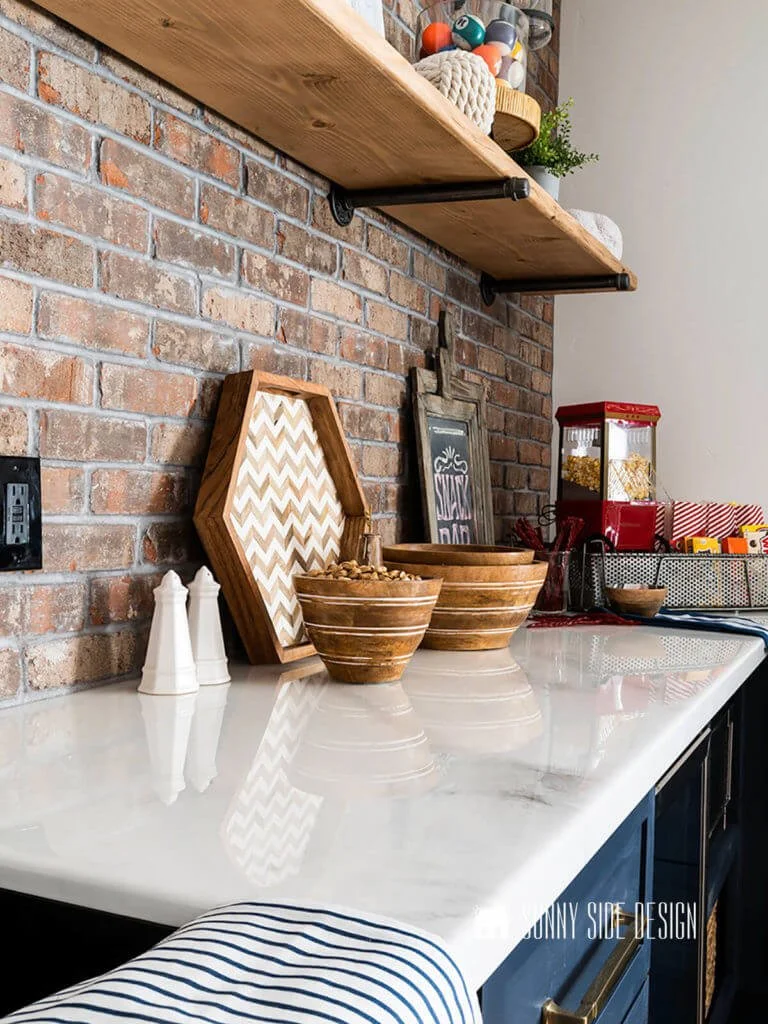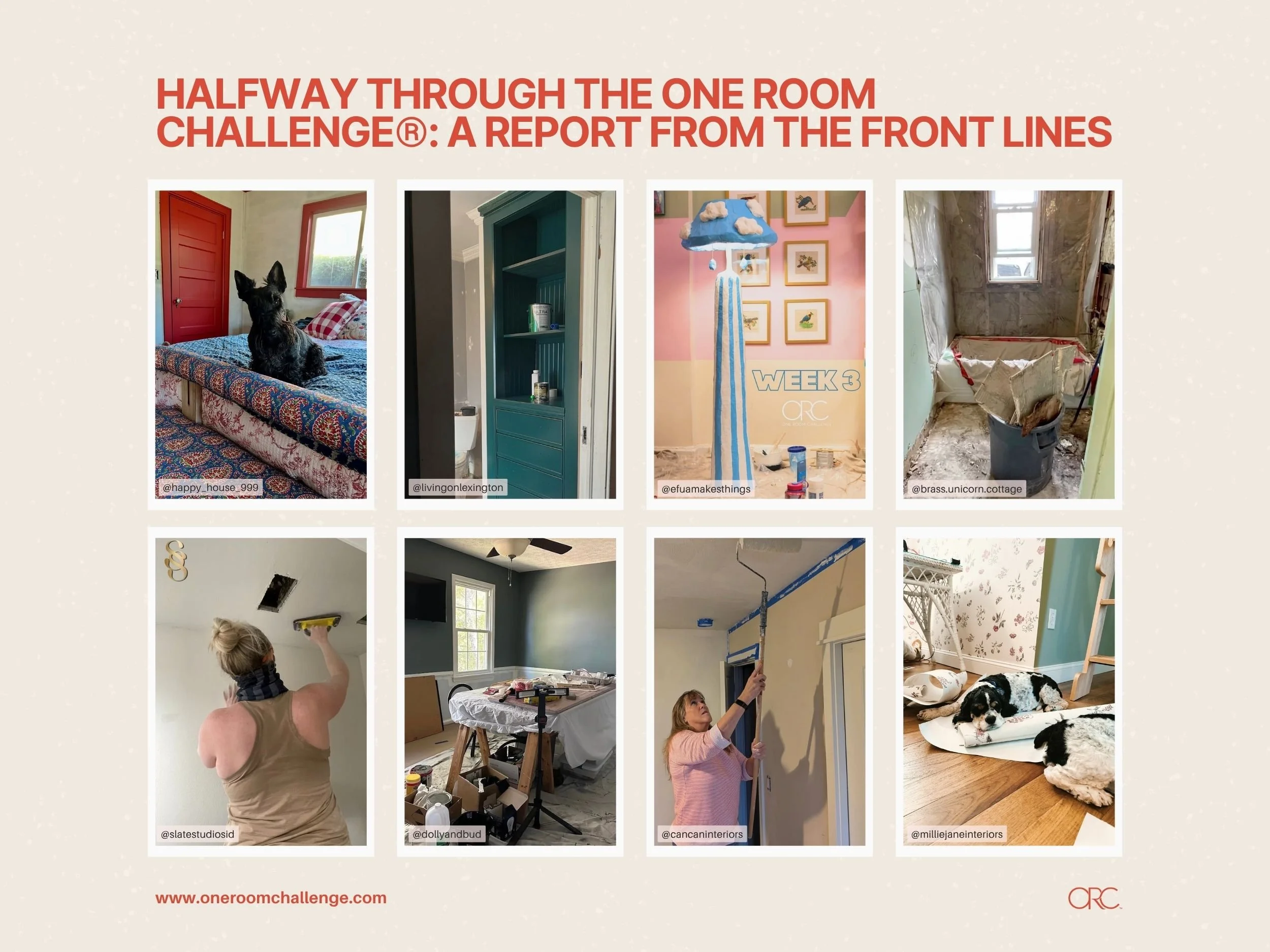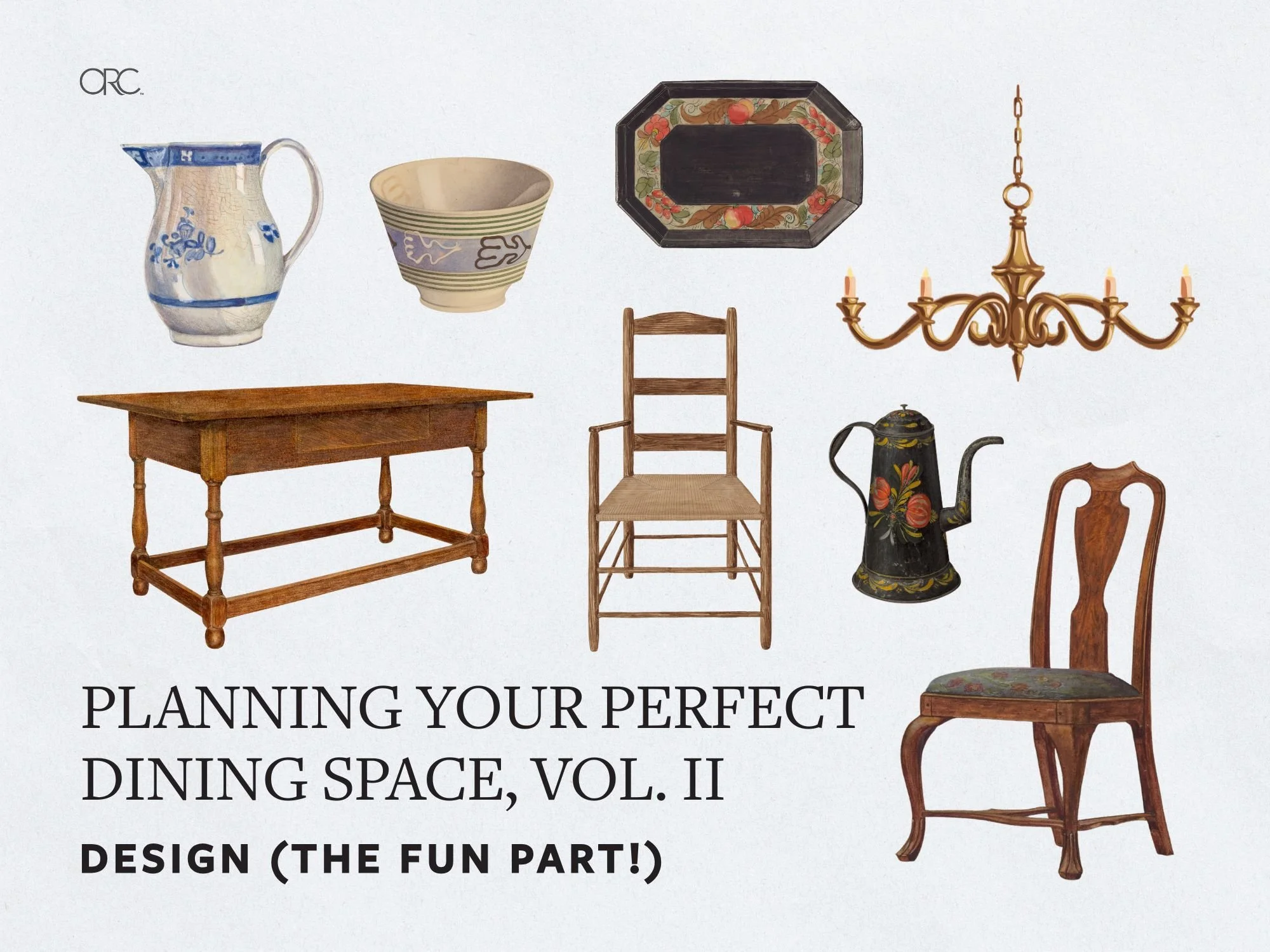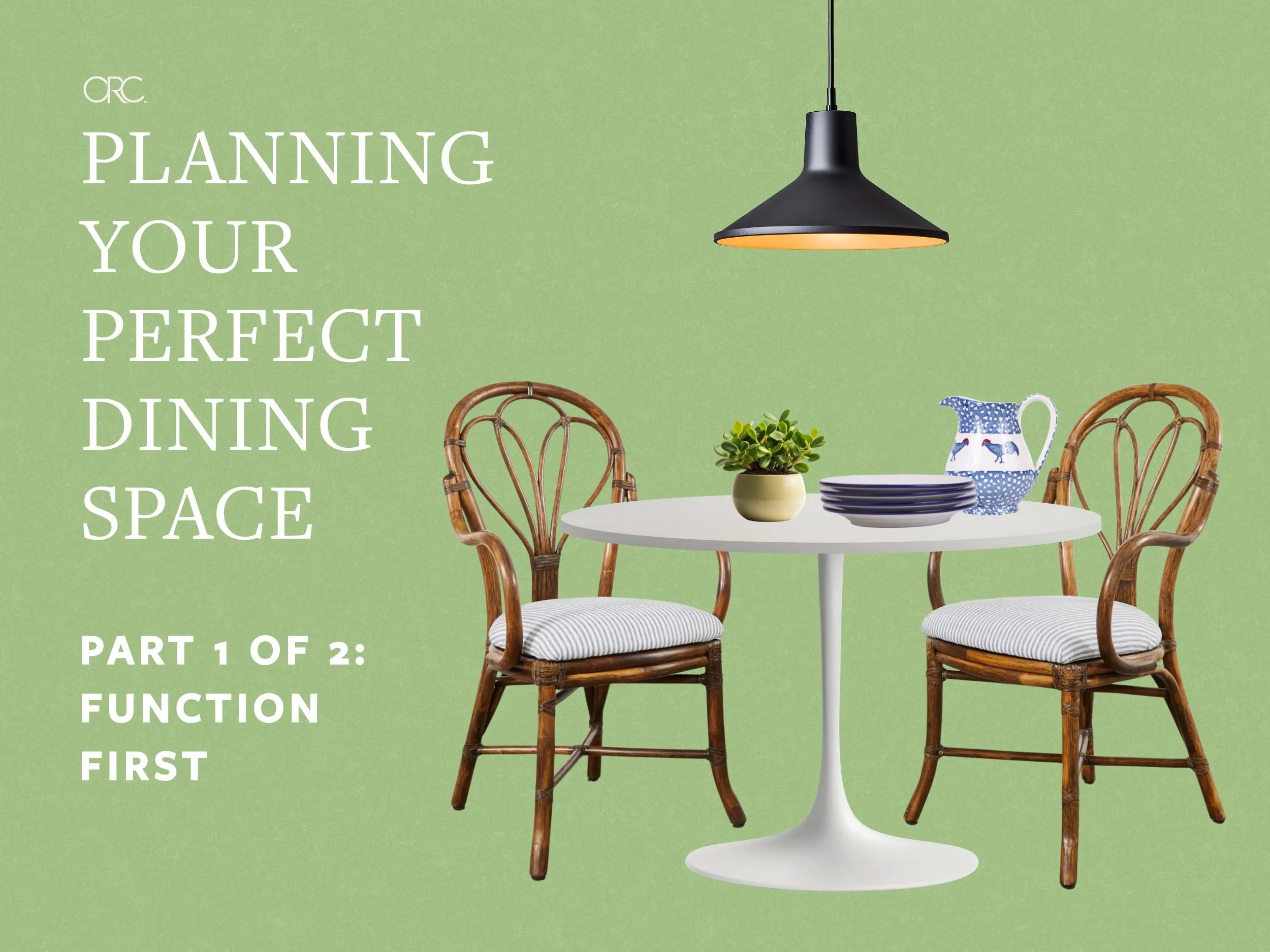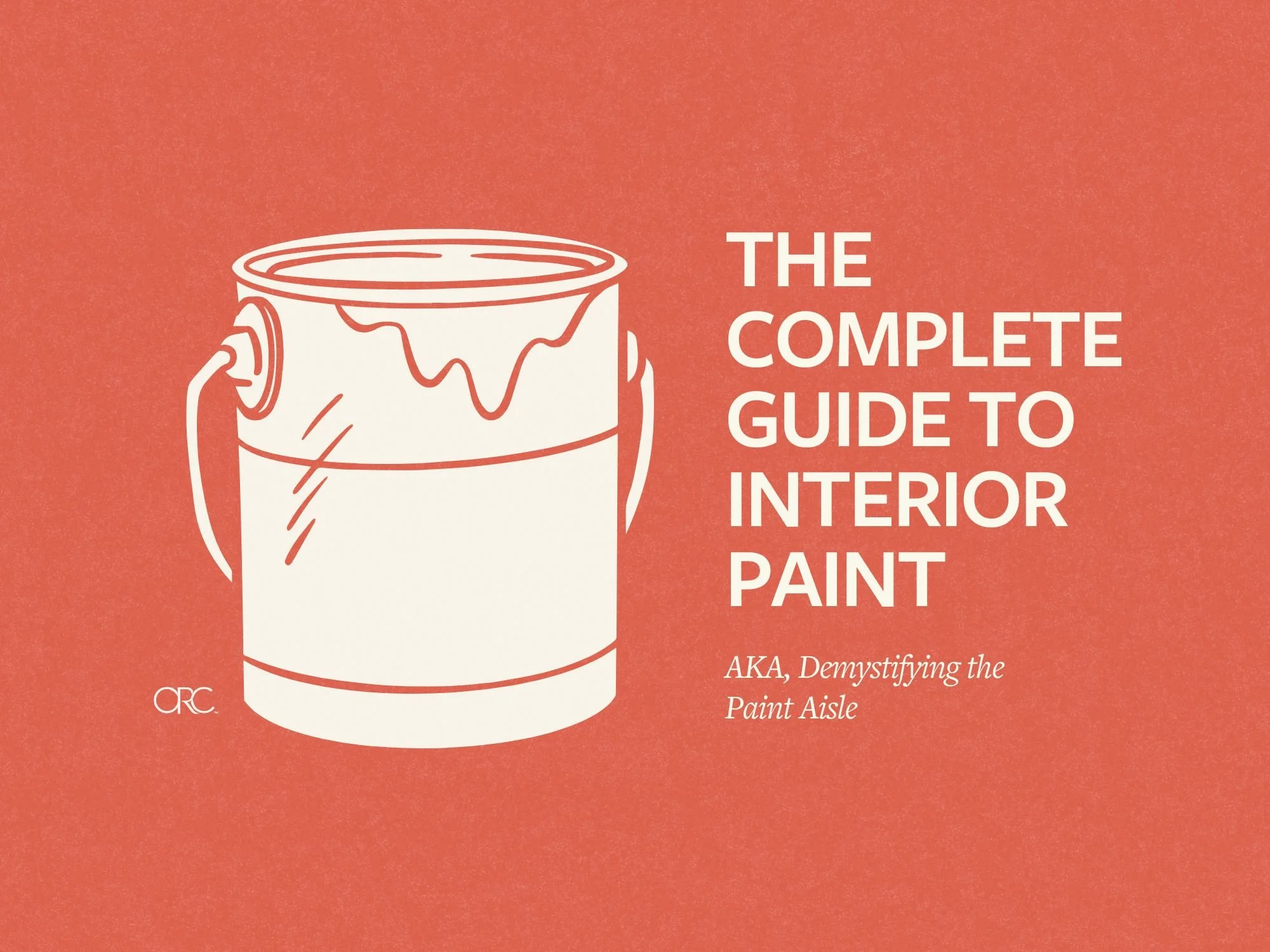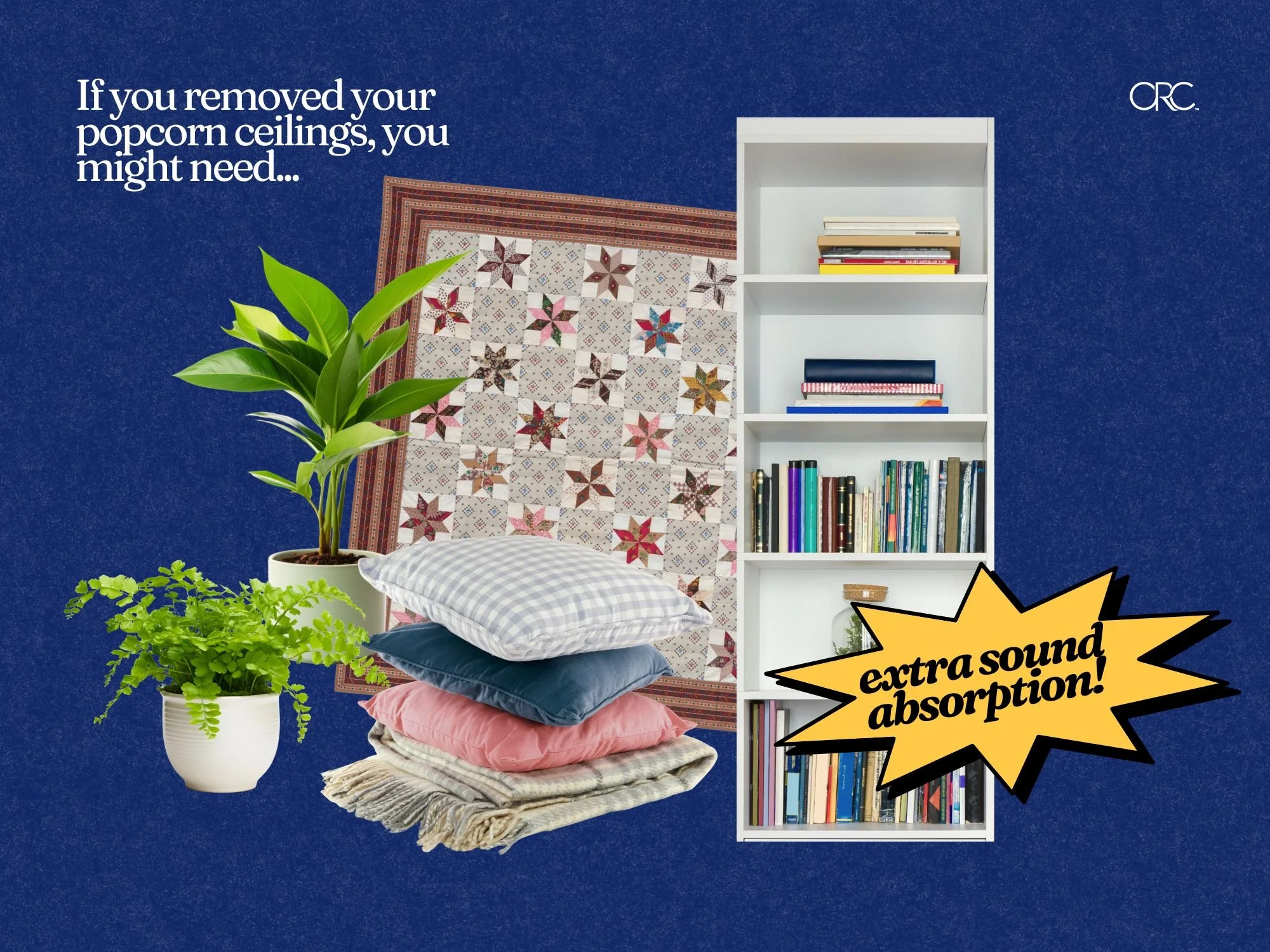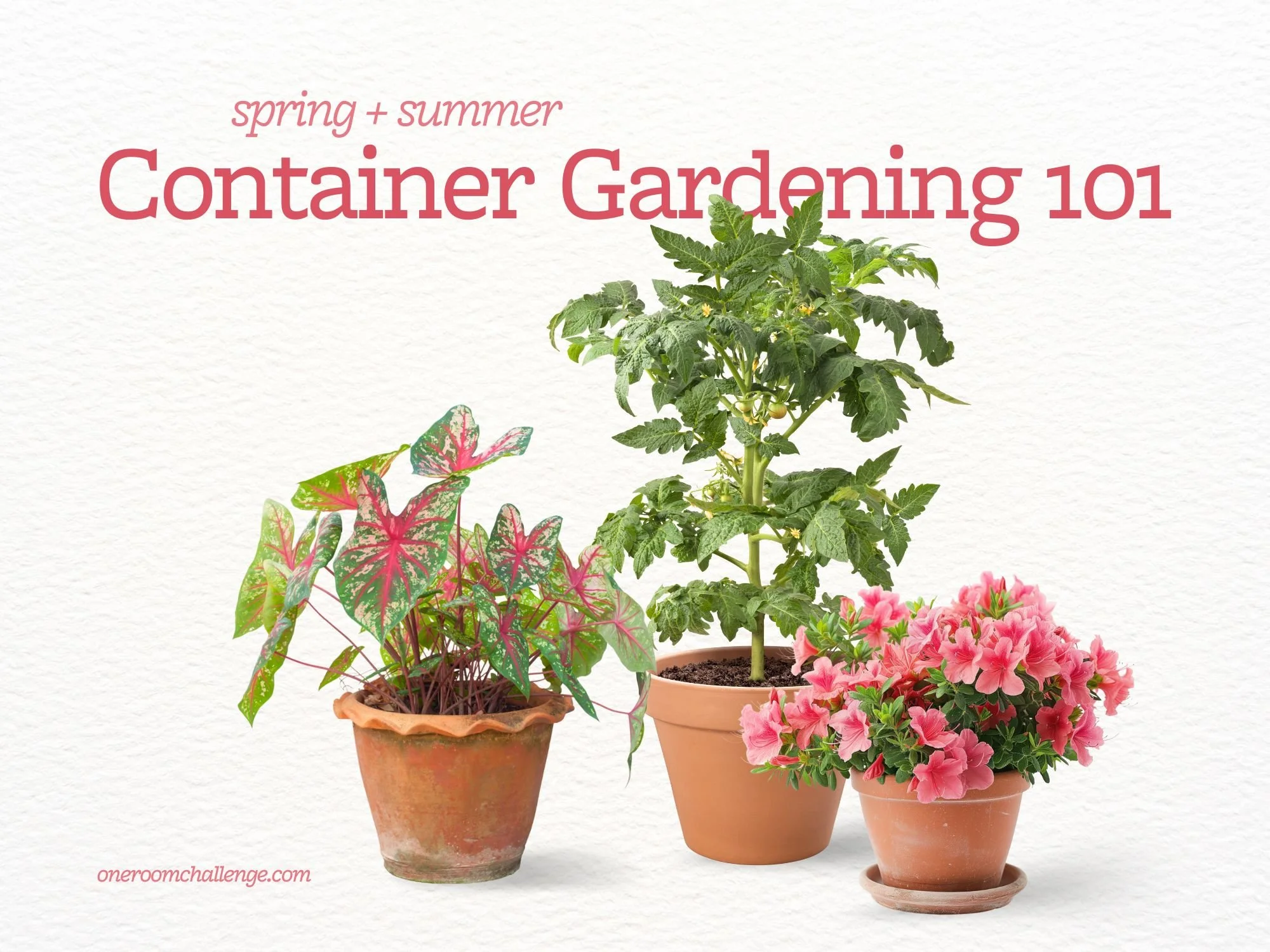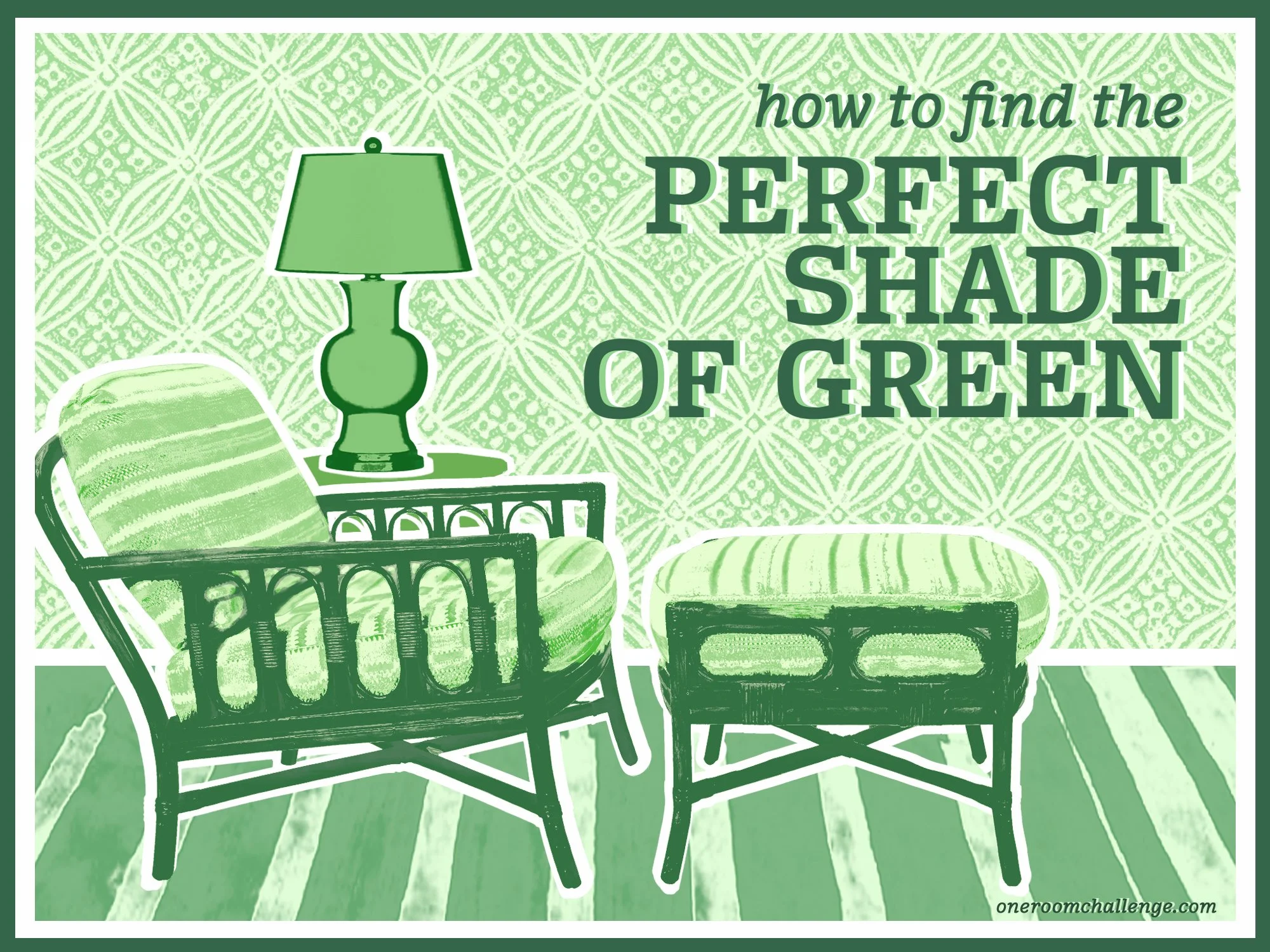The Complete Guide to Choosing a Natural Stone
DESIGN
STORY BY VIRGINIA BESHEARS
It feels kind of insane to say marble and other natural stones are having a moment right now, since they’ve been “trending” for quite literally centuries, but the past couple of years really have seen a boom in marble, marble alternatives, and natural stone in kitchens and bathrooms.
As stunning and rich as marble is, it’s not always the right choice for a space. Check out our guide to marble, marble alternatives, and how to choose, featuring some amazing past ORC projects.
Marble
If you want your space to ooze luxury and you’re willing to go the extra mile on maintenance and cost, marble is the stone for you.
As elegant as marble is, it also is the most expensive of our list, and it’s definitely the highest-maintenance of any natural stone surface.
The cost of marble varies widely depending on the rarity of the stone you choose, falling anywhere between $30 and $300 per square foot. This is much more expensive than other natural stones and stone alternatives.
Marble is a very porous material. It needs to be treated with a sealer at least once a year, and can only be cleaned with specially formulated pH-neutral cleaners. Items like fresh produce should never be left sitting on marble countertops, and spills that are left for more than a few seconds can stain.
Marble comes in different finish options, the most popular being polished and honed, and each has its upsides and downsides. Polished marble is far less porous, which makes it easier to maintain, but scratches will be much more visible. Honed marble is much more scratch-resistant, but is very porous and needs to be sealed periodically and carefully maintained.
Quartz
If you’re wanting something timeless and elegant but you read all that info about marble maintenance and thought, “good grief,” quartz might be the stone for you.
Quartz is a non-porous, engineered stone surface that’s made by combining natural quartz minerals with a small amount of polyresin. The result is a gorgeous natural stone look without all the maintenance that true natural stone requires. The manufacturing process of quartz has improved over the past decade to the point where it can be hard to distinguish high quality quartz from true natural stone.
Quartz is also a good choice for environmental reasons. The quartz minerals used are usually taken from leftover stone products, which means that its production didn’t require quarrying, which can be destructive to the environment.
Quartz can be made to look like any stone and is available in a multitude of options, and the cost on average falls between about $30 to $70 per square foot.
Quartz is not the same as quartzite-- quartz is a man-made material, while quartzite is a natural stone that’s treated with heat and pressure. Quartzite, like marble, is porous and does require periodic sealing and careful maintenance.
Travertine
Travertine fell out of favor after being overused in the 2000s, but it’s been gaining again in the past few years, and it seems like everyone is ready to let travertine back in their hearts.
Travertine tends to have a stately, timeworn presence in a space. Most people associate it with Romanesque buildings— for example, the Colosseum is made almost completely out of travertine.
It’s a type of limestone that forms near hot springs. It is a porous, naturally occurring stone, so it does require a similar level of maintenance as marble. However, travertine naturally looks somewhat weathered, so any scratches or stains will be significantly less noticeable. Travertine costs, on average, somewhere between $10 and $30 per square foot.
If you’re looking for something affordable, that’ll look elegant and warm, and you don’t mind a bit of maintenance, travertine might be right for you.
Granite
Don’t sleep on granite just because developers inexplicably LOVE to use the ugliest granite available in apartment complexes and hotels!
There are actually plenty of lovely kinds of granite. Since it’s natural and porous, it’s not as durable as quartz and it requires periodic sealing and more vigilant care. However, with granite, you get the depth and non-uniformity of natural stone that quartz has yet to replicate.
You can expect to spend between $40 and $60 per square foot for a slab of granite, which is almost exactly the same as quartz. So, if you want something affordable and you’re willing to put in the extra maintenance effort to get authentic natural stone, granite might be the right choice for you.
Slate
Slate is a very underrated natural stone option. Slate is a metamorphic rock, meaning it started as regular clay or volcanic ash and was exposed to certain degrees of heat and pressure. It’s more uniform and subtle than marble or granite, but still provides a fantastic amount of organic texture.
Even though it’s naturally occurring, slate is actually even less moisture-absorbent than concrete, meaning it requires no special maintenance like marble or granite. You can expect to pay somewhere between $35 and $75 per square foot for slate.
If you’re looking for something subtle but still organic, that’s both affordable and requires no special maintenance, slate might be the best option for you.
DIY Faux Marble
Last but not least is a wildcard option for a natural stone look. In the past few years, we’ve seen several brave and talented ORC participants actually make their own faux marble. Each of these amazing designers has lots of information about how they achieved this look.
Since the faux marble has to be sealed with something like epoxy or resin, the finished product is completely non-porous and extremely durable. If you’re adventurous enough, want to save a lot of money, and prefer something very durable, DIY faux marble might be something to consider!

